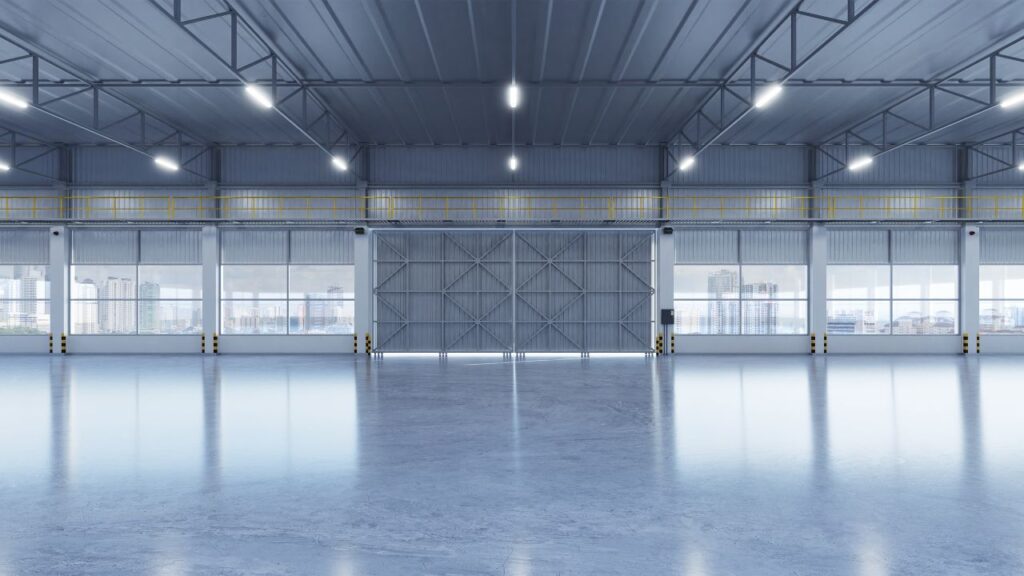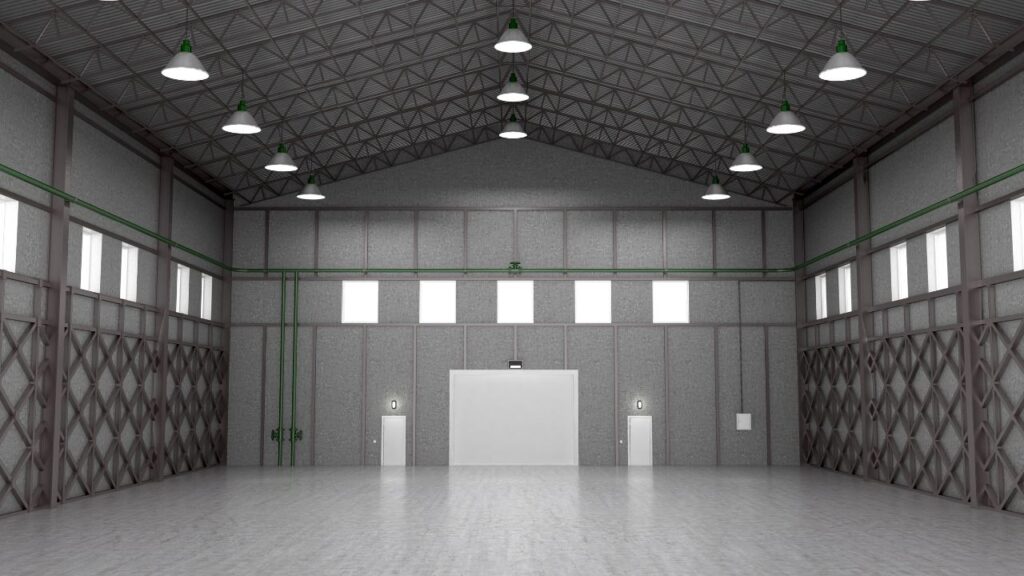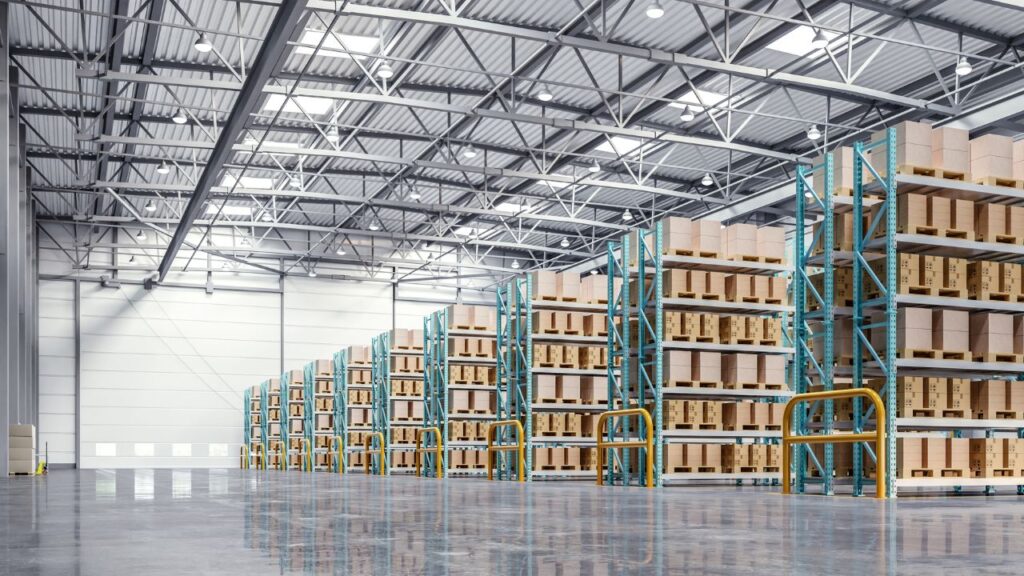Bid Confidently, Bid Successfully – Try Our Flooring Cost Estimates!
- Accurancy
- Efficiency
- Transparency
- Customization
- Time Saving
- Professionalism
- Cost Control

Constructing a storage shed offers a great solution for decluttering and gaining additional space. However, after erecting the walls, a crucial decision lies ahead – selecting the right flooring. Opting for the appropriate storage building floor is vital to safeguarding your possessions, optimizing functionality, and managing costs effectively. To empower you in making this decision with confidence, we’ve created an all-encompassing guide to estimating the costs of storage building flooring.

Your storage shed’s functionality hinges on its flooring, presenting a multitude of material options that can feel like a complex decision. This section aims to provide an in-depth exploration of popular storage shed flooring choices, offering insights into their characteristics and costs to empower you in making an informed decision.
Concrete stands out as a budget-conscious champion, combining affordability with longevity. Its inherent strength makes it suitable for heavy-duty storage, effortlessly supporting tools, lawnmowers, or even a parked car. Installation is straightforward, enhancing its cost-effectiveness. However, the unforgiving nature of concrete translates to a cold and hard surface, less comfortable for prolonged activities. Additionally, it may require extra sealing in damp climates due to its susceptibility to moisture and cracking.
Epoxy flooring provides a haven of effortless cleaning with its resin-based composition. This option boasts exceptional durability, resisting stains, chemicals, and abrasion. Its seamless finish simplifies maintenance, making it ideal for DIY projects or storing equipment. Despite its premium qualities, both material and installation costs surpass those of concrete. However, caution is warranted as epoxy flooring can be slippery when wet, potentially necessitating additional safety measures.
Wood flooring injects a touch of rustic charm, elevating the aesthetic of your storage shed. Its natural beauty makes it suitable for storing prized possessions or creating a hobby workshop. Various wood types cater to different budgets and needs, with pressure-treated lumber offering affordability and weather resistance. However, wood’s organic nature requires regular maintenance to prevent issues like warping, rot, and insect damage, and it may not be ideal for heavy-duty storage due to susceptibility to scratches and dents.

Tile flooring introduces timeless elegance, offering a plethora of styles, colors, and textures. Ceramic or porcelain tiles are durable and easy to clean, suitable for messy storage needs. However, their hard surface shares the coldness of concrete, and the risk of chipping or cracking exists with dropped tools or heavy objects. Regular cleaning is necessary for the grout lines between tiles to prevent mold and mildew growth.
Rubber flooring creates a cushioned sanctuary for tools and equipment, delivering comfort and resilience. Its shock-absorbing properties protect delicate items and provide a comfortable surface for projects. Rubber’s inherent moisture resistance makes it ideal for damp environments. However, the higher price tag compared to concrete or wood, along with potential heat trapping in warmer climates, are considerations.
Choosing the right flooring material for your storage shed involves a delicate balance between budget, durability, and aesthetics. Understanding the unique strengths and weaknesses of each option empowers you to confidently select the flooring that perfectly aligns with your needs and budget, transforming your shed into a functional and stylish haven for your belongings.

When seeking a preliminary cost estimate for your project, consider utilizing online flooring cost calculators. These tools generally request information such as your building size, the desired flooring material, and your location to provide an estimated cost range. It’s important to note that these are approximations, and the actual price may vary depending on specific project details and quotes from contractors.
Finding ways to save on your storage shed flooring doesn’t mean compromising quality or functionality. This section reveals clever strategies to cut costs without sacrificing the essential elements of your project.
Instead of settling for the first quote you receive, embark on a price-comparison journey. Reach out to multiple flooring contractors and request detailed breakdowns of their estimates, covering material costs, labor charges, and potential add-ons. Comparing these proposals meticulously allows you to discover the hidden gem – the contractor offering the best value for your investment. A bit of research can lead to substantial savings!
For those with hands-on skills, taking the do-it-yourself (DIY) route can be a budget-friendly masterpiece. If the chosen flooring material allows for self-installation and you’re confident in your handyman abilities, consider tackling the project yourself. This not only avoids hefty labor costs but also provides a sense of accomplishment in creating your functional space. Ensure you research proper installation techniques and gather the necessary tools for a successful outcome.
Give both your wallet and the environment a nod by exploring the possibilities of recycled materials. Reclaimed wood and bricks, for instance, add character to your shed while keeping costs down. These materials not only offer budget-friendly alternatives but also contribute a unique charm, setting your shed apart. Channel your inner eco-warrior and celebrate the beauty of giving pre-loved materials a second lease on life!

While aesthetics matter, don’t let them overshadow the primary purpose of your storage shed floor – functionality. If heavy-duty equipment is part of your plan, prioritize robust materials like concrete or epoxy that can withstand weight and wear. For sheds storing lighter items or serving as hobby spaces, consider wood or tile for a comfortable and visually appealing atmosphere. Aligning your flooring choice with your intended use not only saves money but also ensures long-lasting satisfaction.
Thinking ahead is a powerful budget-savvy strategy. If your shed will house valuable items or potentially hazardous materials, invest in a flooring solution offering superior protection. Epoxy’s seamless finish and chemical resistance make it a wise choice, while sealed concrete can effectively guard against spills and leaks. While the upfront cost may be higher, consider it an investment in peace of mind, potentially avoiding costly repairs or replacements in the future.
While cost efficiency remains a pivotal aspect in choosing your storage shed flooring, there are other essential factors that warrant equal attention. This section unveils the often overlooked elements of durability, maintenance, aesthetics, and environmental impact, empowering you to select a floor that transcends mere affordability and delivers enduring value.
Picture this scenario: your valuable tools resting on a floor marred by cracks and deterioration, a consequence of prioritizing budget over resilience. Avoid this predicament! The floor of your storage shed bears the brunt of foot traffic, heavy equipment, and potential exposure to the elements. Thus, durability must be a paramount consideration. Materials such as concrete and epoxy excel in this regard, effortlessly withstanding wear and tear. Concrete’s inherent strength makes it ideal for heavy-duty storage, while epoxy’s seamless finish resists scratches, chemicals, and abrasion. While investing in a durable floor may incur upfront costs, it translates to prolonged performance, offering peace of mind and sparing you from expensive repairs and premature replacements.
Let’s be honest – spending hours scrubbing and maintaining a shed floor isn’t anyone’s idea of enjoyment. Opting for a low-maintenance option can liberate your time for more gratifying pursuits. Epoxy flooring excels in this category, requiring minimal cleaning beyond simple sweeping and mopping. Its non-porous surface resists stains and spills, making it ideal for messy DIY projects or storing outdoor equipment. While wood may offer aesthetic appeal, it demands regular maintenance such as sealing and staining to prevent rot and insect damage. Concrete, while durable, can be challenging to clean and might require additional measures for comfort. Opting for a low-maintenance floor not only saves time and effort but also contributes to a more enjoyable and hassle-free storage experience.
Your storage shed need not be a purely utilitarian space devoid of visual charm. Selecting a flooring material that complements the overall aesthetic of your shed can elevate it into a visually pleasing haven. Wood flooring introduces warmth and rustic charm, making it perfect for storing prized possessions or creating a hobby workshop. Its natural beauty enhances the space and can serve as a backdrop for stylish shelving or decorative accents. Epoxy’s smooth finish and extensive color options provide room for creative expression, enabling you to personalize your shed’s interior.

Remember, even a modest aesthetic consideration can turn your shed into a source of pride and enjoyment, transcending its role as a mere storage solution.
In today’s environmentally conscious world, the impact of our choices holds significant weight. Consider exploring sustainable options for your storage shed flooring. Reclaimed wood, for instance, carries a unique character while contributing to a reduced carbon footprint. Sustainably sourced wood ensures responsible forestry practices and a healthier planet. Opting for recycled materials like bricks or rubber tiles not only adds a distinctive touch but also contributes to resource conservation. By choosing an environmentally friendly floor, you’re not just investing in your shed; you’re investing in a greener future for generations to come.
By thoroughly evaluating all cost variables, utilizing estimation tools, and implementing savvy saving strategies, you can confidently choose the perfect flooring for your storage shed that aligns with your budget and functional requirements. Keep in mind that the right floor will not only safeguard your belongings but also enhance the usability and overall value of your storage space. Therefore, invest in quality, prioritize practicality, and prepare to experience the convenience and organization your new storage shed provides!
We trust that this comprehensive guide empowers you to make well-informed decisions regarding your storage building flooring, facilitating a smooth navigation through the cost estimation process. Remember, with meticulous planning and intelligent choices, you can create a functional and budget-friendly storage space that fulfills all your needs!
The primary considerations include budget, durability, and aesthetics. Factors such as intended use, maintenance, and environmental impact also play a crucial role in decision-making.
Concrete is a budget-friendly choice known for its durability. It is ideal for heavy-duty storage but may require additional measures in damp climates due to its susceptibility to moisture.
Epoxy flooring boasts exceptional durability, resistance to stains, and ease of cleaning. However, it comes at a higher cost, and caution is needed as it can be slippery when wet.
Wood flooring adds rustic charm and visual appeal to a storage shed, making it suitable for storing prized possessions or creating a hobby workshop. However, it requires regular maintenance.
Tile flooring, especially ceramic or porcelain tiles, is durable and easy to clean, making it suitable for messy storage. However, it may be susceptible to chipping or cracking with heavy objects.
Rubber flooring provides comfort and resilience, making it ideal for tools and equipment. However, its higher price tag and potential heat trapping in warmer climates should be considered.
Utilize online flooring cost estimators by providing details such as building size, preferred flooring material, and location. Keep in mind that these are approximations, and actual costs may vary.
Consider shopping around and comparing quotes from multiple contractors. Additionally, explore DIY installation if you have the skills, and look into using recycled materials for a budget-friendly and sustainable option.
Here I am going to share some steps to get a storage building flooring cost estimate report.
You can send us your plan on info@estimatorflorida.com
Before starting your project, we send you a quote for your service. That quote will have detailed information about your project. Here you will get information about the size, difficulty, complexity and bid date when determining pricing.
Our team will takeoff and estimate your project. When we deliver you’ll receive a PDF and an Excel file of your estimate. We can also offer construction lead generation services for the jobs you’d like to pursue further.



561-530-2845
info@estimatorflorida.com
Address
5245 Wiles Rd Apt 3-102 St. Pete Beach, FL 33073 United States
561-530-2845
info@estimatorflorida.com
Address
5245 Wiles Rd Apt 3-102 St. Pete Beach, FL 33073 United States
All copyright © Reserved | Designed By V Marketing Media | Disclaimer